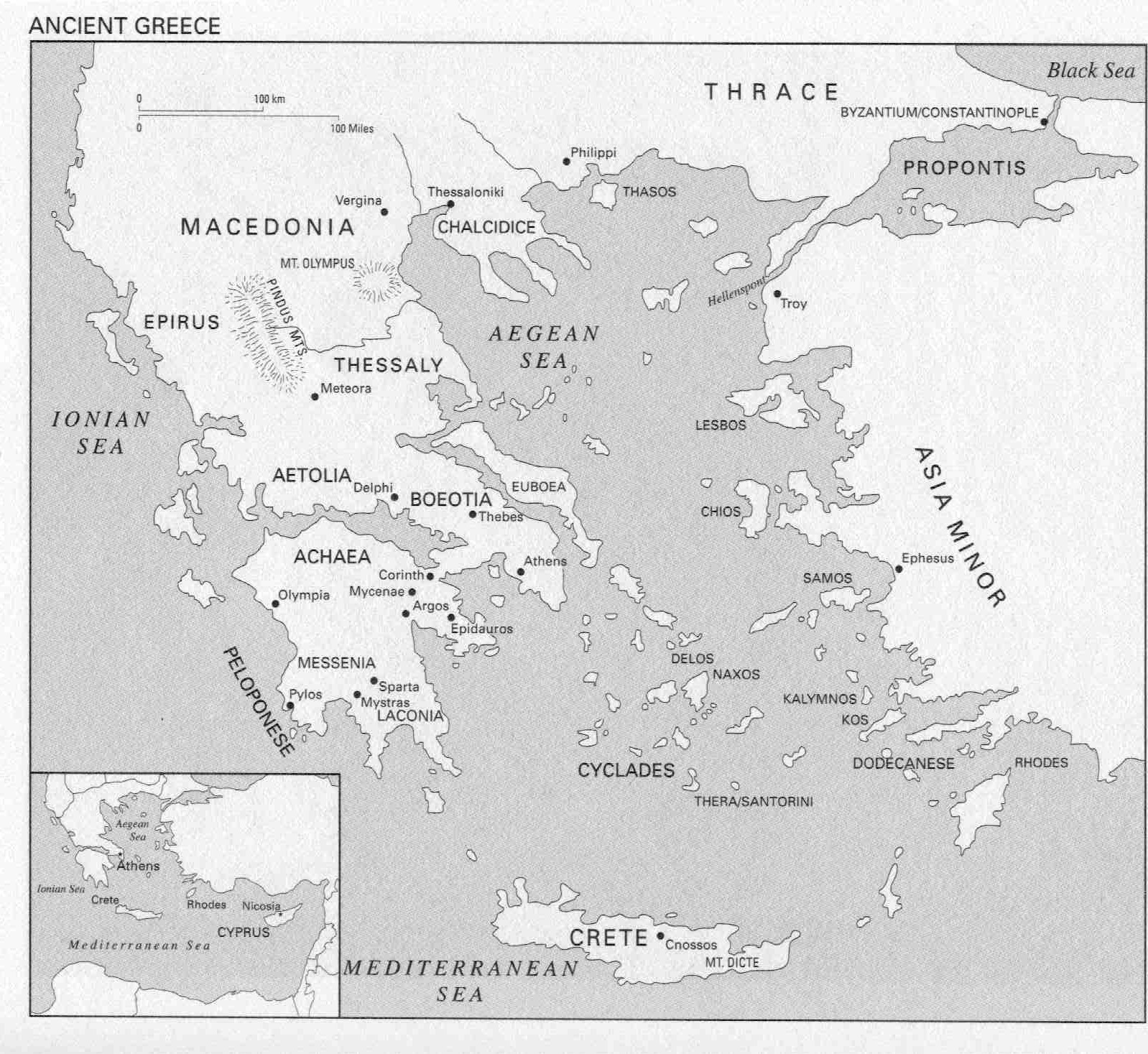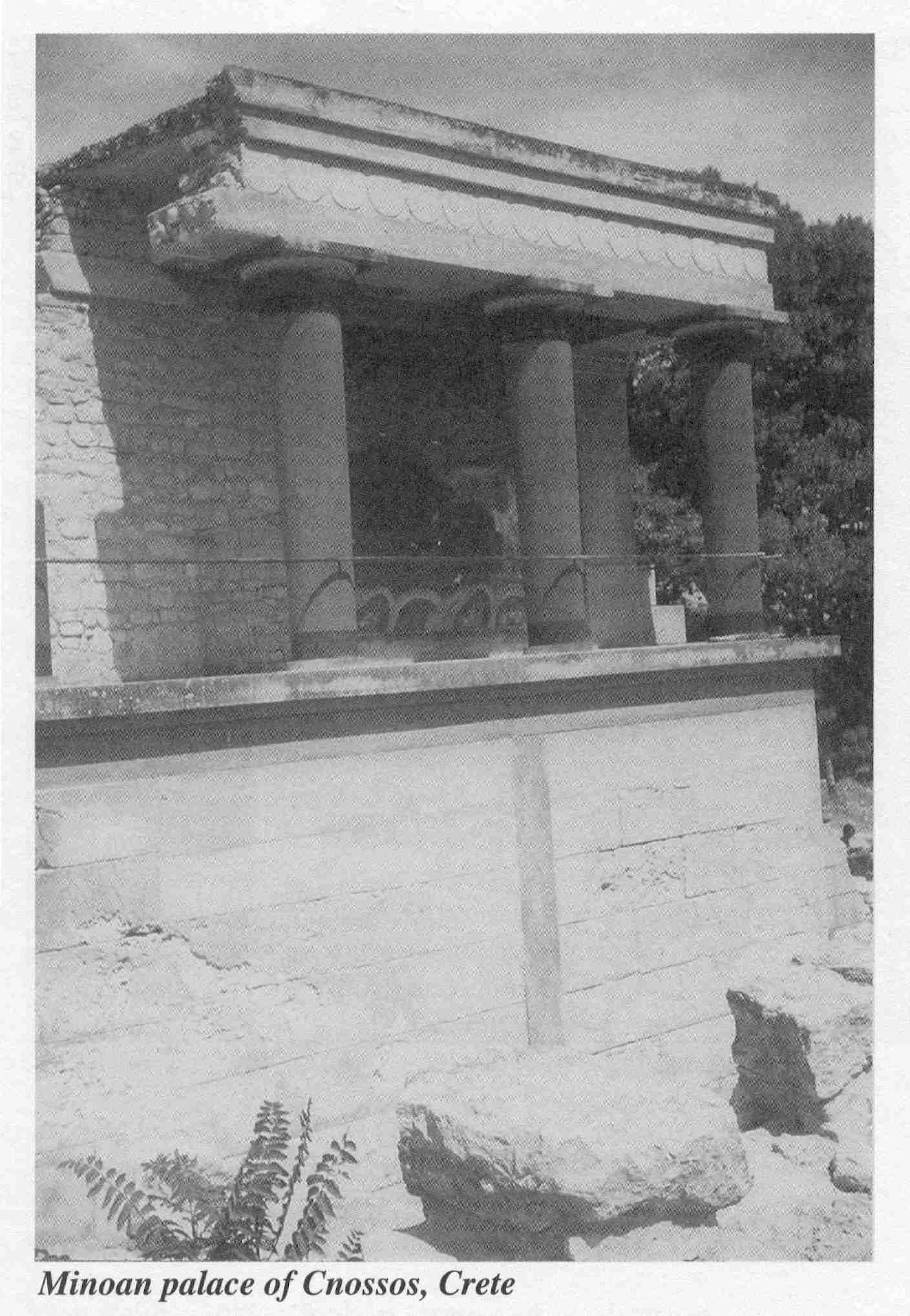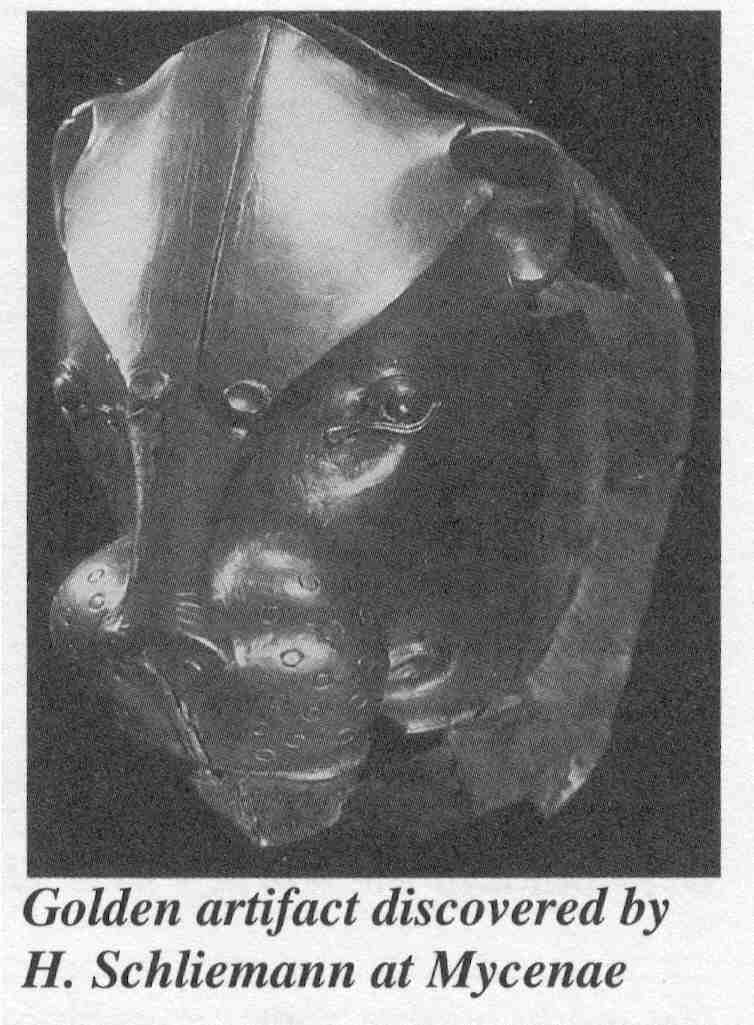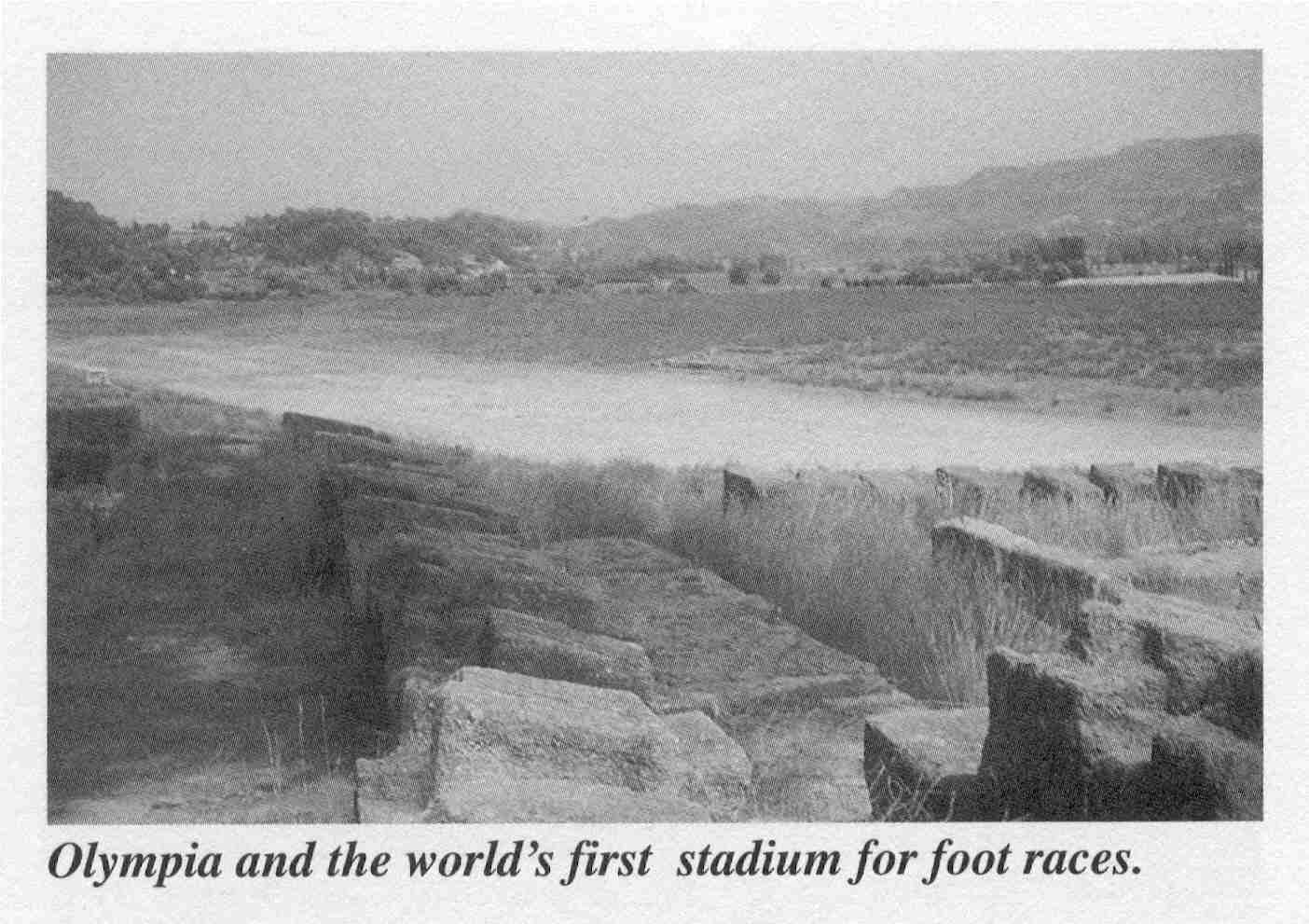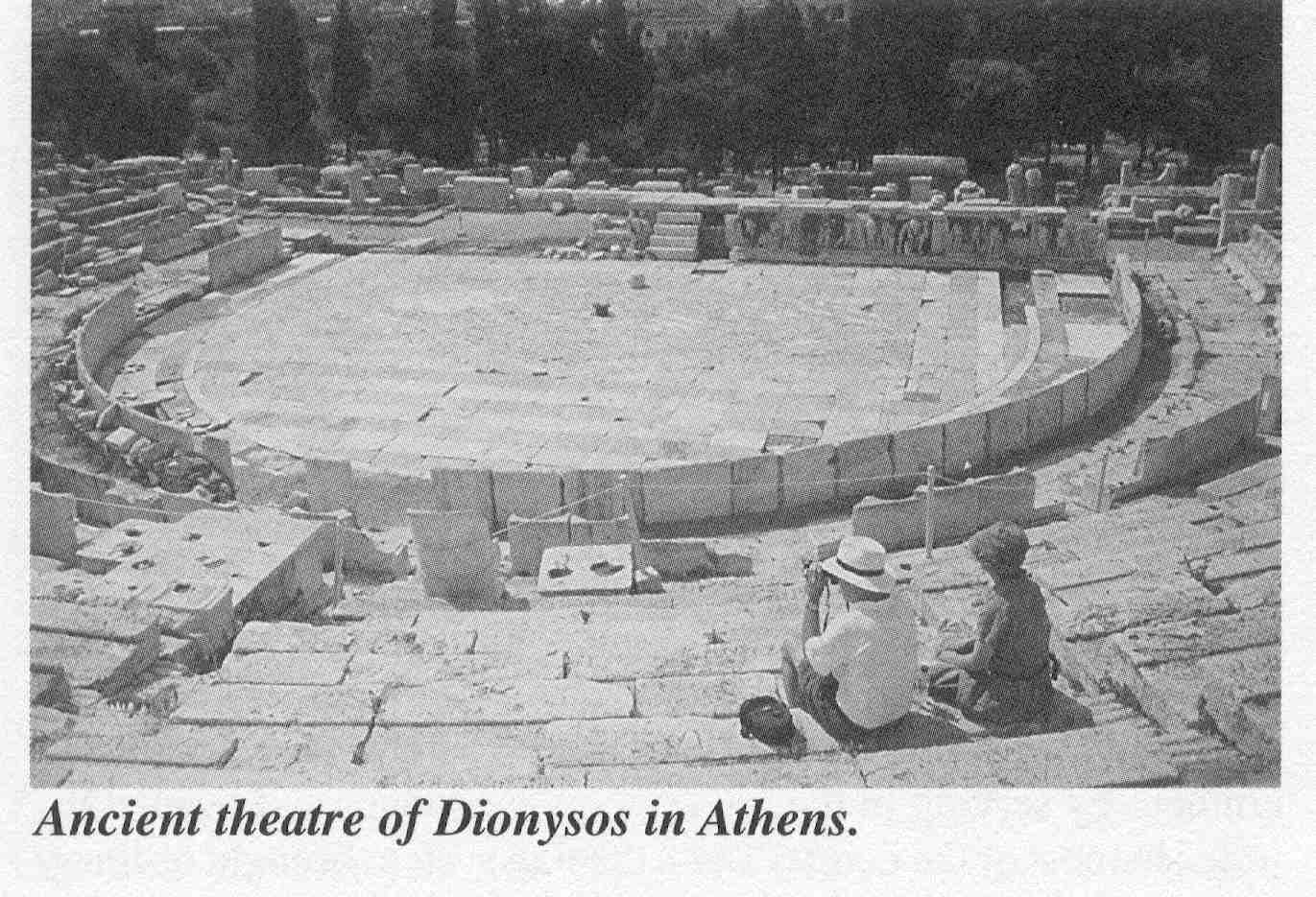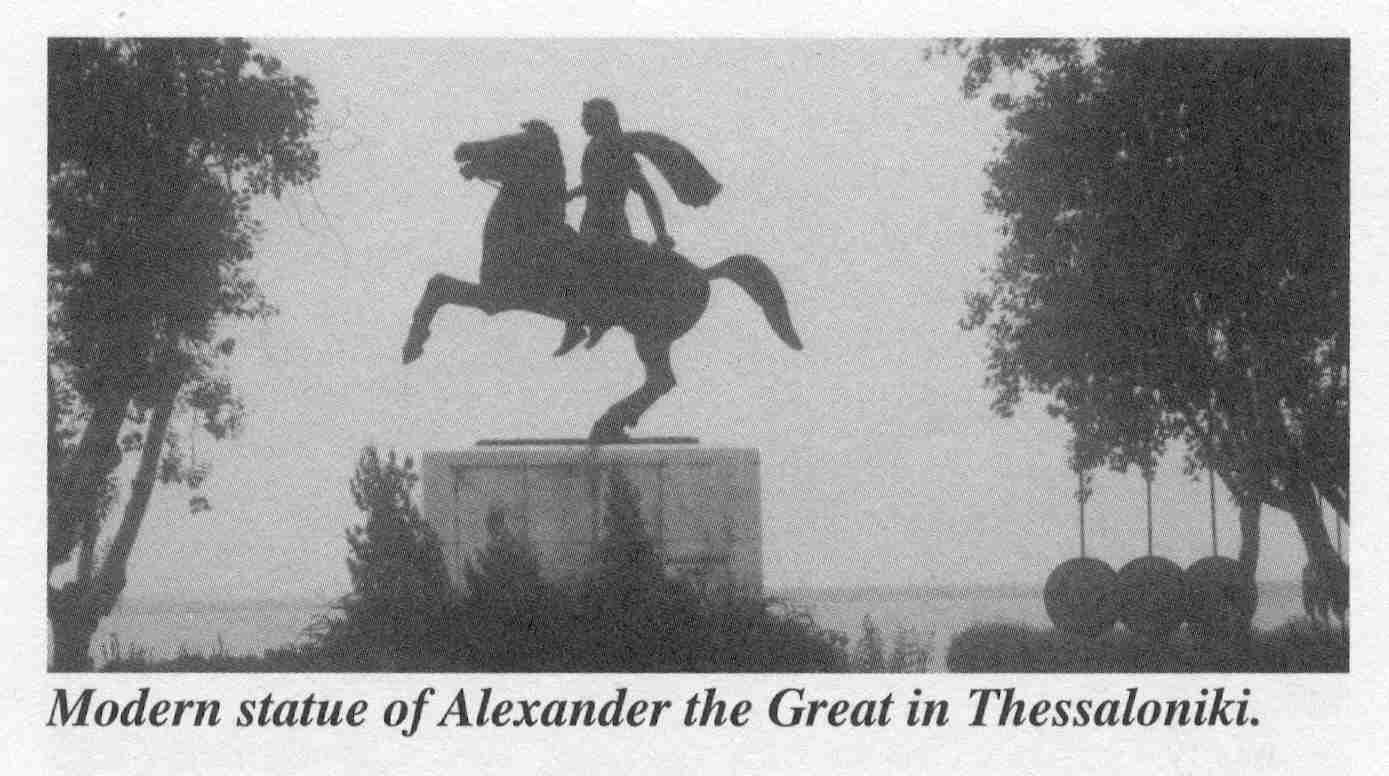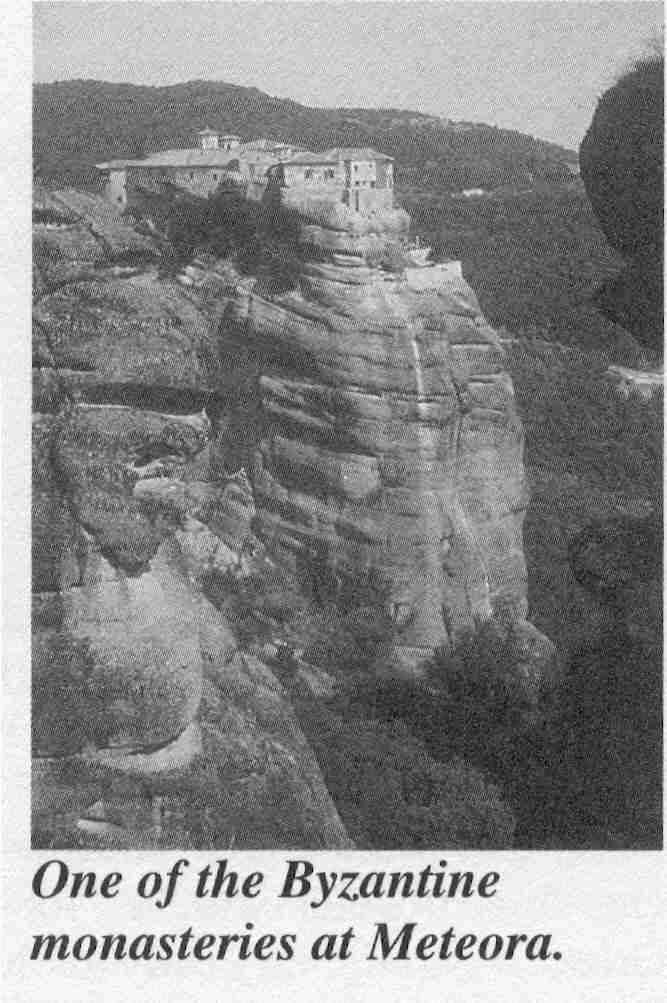I. 2 The Glory of Ancient Greece
The history of ancient Greece can
overwhelm anyone, since its scope is so rich and diverse. To sample something
of its variety five separate themes are explored below. Each one focuses on a
particular aspect of Greek history that may have appeal to an individual
tourist or history enthusiast.
Very Early
Civilizations on Crete and at Mycenae
For the traveler who wishes to
experience something of very early civilizations in Greece
the island of Crete
and the mainland sites at Mycenae
and Pylos are ideal destinations. At the beginning of the 20th
century, an Englishman, Sir Arthur Evans, uncovered a vast “Palace” at Cnossos on the north coast of Crete and gave the name
“Minoan” to the style of life revealed there.
The ruins at Cnossos
reveal an unfortified site with a long, complicated history dating roughly
between 2000 and 1100 B.C. The Palace
contains hundreds of rooms decorated with brightly coloured frescoes or wall
paintings, abundant evidence of some sort of bull cult and goddess worship,
extensive storage quarters, and elaborate apartments which Evans thought
belonged to the Cretan royal family. In the last forty years the excellent
archaeological work of Spyridon Marinatos and others has revealed another Minoan-
style site on the island of Thera/ Santorini,
north of Crete.
For the period
from the middle of the fifteenth century B.C. scholars can identify people
living in Greece
who spoke the earliest known form of the Greek language. That identification
comes from clay tablets, now known as the Linear B tablets, on which the words
are archaic Greek. (It seems very unlikely that the earlier people on Crete and Thera were Greek
speakers. At the present time their language remains undeciphered.) From about 1450 until 1100 B.C. the
mainlanders dominated Crete, leaving their
written Greek records on the island. On the Greek mainland some of the most
important sites for these first Greek speakers are at Mycenae,
Pylos, Thebes and Sparta. Excavations at Pylos revealed a particularly large cache of the Linear B
tablets. The Mycenaean Greek chiefs and kings lived in
huge fortified palaces and buried their royal dead in shaft graves or in
massive tholos
or beehive tombs. Mycenae is the traditional home of Agamemnon. It is the place where his wife Clytemnestra
spread before her husband and king, a purple-red carpet to celebrate his return
from Troy. Shortly thereafter she displayed his murdered
body and that of his concubine, Casandra, on that
same, now bloodstained carpet. Agamemnon, Clytemnesta,
and the rest of that rather terrible, but fascinating family were made famous
by authors such as Homer and Aeschylus.
Excavating at
Mycenae in the 1880s, Heinrich Schliemann thought that he
gazed on the face of Agamemnon himself, when he uncovered the famous golden
mask covering a royal corpse at Mycenae. Later scholars have proved that the royal dead
in the shaft graves had been there hundreds of years before the legendary
Trojan War, which, if it was at all historical, must have taken place some
time around 1250 B.C. Today a traveler
can gaze at the huge or “Cyclopean” walls of Mycenae,
which brood over the countryside as they have for millennia. Anyone who wishes
to see Schliemann’s treasures from Mycenae
can view them in the National Archaeological Museum
in Athens.
The Olympic Games
The traveler who would discover the
foundations of the Olympic Games must proceed to Olympia
in southwestern Greece.
Olympia was a
major religious and athletic site throughout antiquity with a history going
back at least to the 8th century B.C. The ancient Greeks would have
thought it impossible to separate religion from the rest of life. They believed that their gods and heroes-
especially Zeus, Apollo, and Herakles- delighted in
the display of men’s beautiful (and usually nude) bodies as they competed for honours in numerous sports.
These included running, the throwing of the discus, chariot racing, and
the infamous pankration (a nasty mixture of boxing and wrestling with almost no
rules). It is a lesser-known fact that
at other times Greek women competed in footraces in honour of the goddess Hera
at Olympia. Unfortunately, these games for women were a
low-key competition, and we have little information about them. The modern Olympic Movement also began in Greece, when Baron de Coubertin arranged for the
first revived Olympics to be held in Athens
in 1896. Athens
will host a future Olympic Games in the year 2004.
Athens
A third history enthusiast examines Athens in the 5th
century B.C. under the direction of its guiding genius, Pericles. Modern pollution and masses of ugly concrete
buildings can discourage the most avid lover of ancient architecture, but the
past is still there, if one searches for it carefully. About 447 B.C. Pericles convinced the
Athenian people in their political assembly to use a part of their newly
acquired wealth to build a temple called the Parthenon in honour of Athena, patron
goddess of their city. Though it is in ruins, the Parthenon, often revered as
one of the world’s most beautiful buildings, still dominates the Athenian
skyline from its magnificent setting on the high hill called the Acropolis. On
the side of the Acropolis sits the theatre of Dionysos where tragic drama had
its real beginning, and where the playwrights Aeschylus, Sophocles, and
Euripides won lasting fame. While the
Theatre of Dionysos no longer resounds with tragic drama, regular performances
of the plays take place every summer at the ancient theatre of Epidauros about a two-hour’s drive from Athens.
The foot-weary
traveler can also roam the ruins of the Athenian agora or public forum, listening for the quiet questions of that
most famous of all philosophers, the well known but controversial Socrates. It
was in this and adjacent parts of town that Athenian democracy was born and
flourished. During Pericles’ lifetime the Athenian male citizens or demos took part in the public
assembly/legislature of all citizens, gained daily experience in government by
serving in the boule or civic
council, and formed the juries in most of the courts. The Athenian system
brought ordinary citizens into active participation in government by offering a
modest payment to those who were willing to serve the polis or city state. For its
day this was revolutionary. No longer
was government the exclusive privilege of the rich who alone in an earlier
period could afford time for the business of the state.
Macedonia
Canadian Greeks
almost always name Alexander the Great as one of their favorite “ancestors”, so
the next traveler visits the haunts of Alexander and his father, Philip. Philip
and Alexander were kings of Macedonia in northern Greece. In the late 4th
century B.C. Alexander led his father’s army to victory over the Persian Empire
and extended his conquests as far as the borders of India. Alexander opened up
a new, cosmopolitan period of history, known as the Hellenistic Age. He also
set a standard of personal glory, which would bedevil later generations, when
men like Pyrrhus and Julius Caesar attempted to emulate his feats of conquest
through war. No admirer of that famous father and son could do better than to
visit the site of Philip’s probable tomb at Vergina and the National Museum at Thessaloniki (Salonika) in Macedonia
where most of the treasures from the tomb are stored.
Early Christian and Byzantine Greece
Our final traveler searches for early
Christian and Byzantine Greece. A
strong, very early tradition in the New Testament has St. Paul visiting Athens,
Corinth, Philippi, Thessaloniki and other sites in northern Greece. The Roman remains of Philippi, much as St.
Paul would have known it, are particularly impresssive.
The term Byzantine refers to the
time period from the 4th century when the first Christian emperor,
Constantine, moved the capital of the Roman Empire from Rome east to Byzantium,
where Asia and Europe meet at the entrance to the Black Sea. Constantine
changed the name of Byzantium to Constantinople in his own honour.
Today the city goes by the Turkish name Istanbul. In using the phrase
“Byzantine History” most people refer to the long period, roughly between
Constantine’s reign and the fall of the city to the Turks in 1453 A.D. In artistic terms Byzantine denotes a
building style in which the interiors of churches and monasteries are decorated
with brilliant mosaics and frescoes, usually known as icons. Everything is intended to lift the spirit of
the worshipper towards heaven and God.
In Greece
itself beautiful Byzantine churches, some of which go back to the 7th
and 8th centuries, abound in cities like Athens and
Thessaloniki. Perhaps the most
spectacular Byzantine site is found in central Greece at Meteora.
Suddenly in an area of otherwise flat plains, huge precipitous crags appear in
the distance looking like large needles pointing to heaven. Hundreds of feet up
on those cones and pillars of rock, from about the year 1300 Greek monks began
to build elaborate monasteries from which they could worship God in isolation,
while protecting themselves against the terrors of a hostile age.
Many Maritime
Greeks with family roots in the area around Sparta in the southern Peloponnese, feel a particular regard for Mystras, a steep Byzantine fortress-city covered with the
spectacular remains of churches, monasteries, palaces, and houses. In the 14th
and 15th centuries Mystras was the capital
of an independent Greek kingdom which was also noted as an intellectual and
artistic centre. From Mystras Constantine Palaeologos
went on to become the last Emperor of Constantinople. He died there in the Turkish attack and
capture of “The City” (as many Greeks still call it) in 1453.
